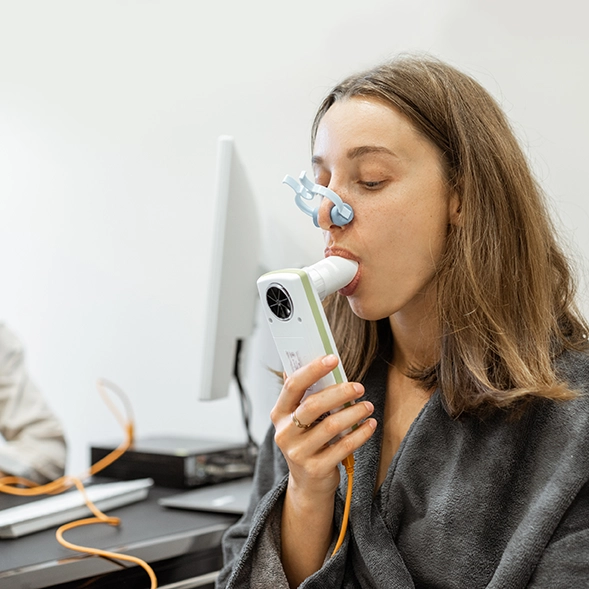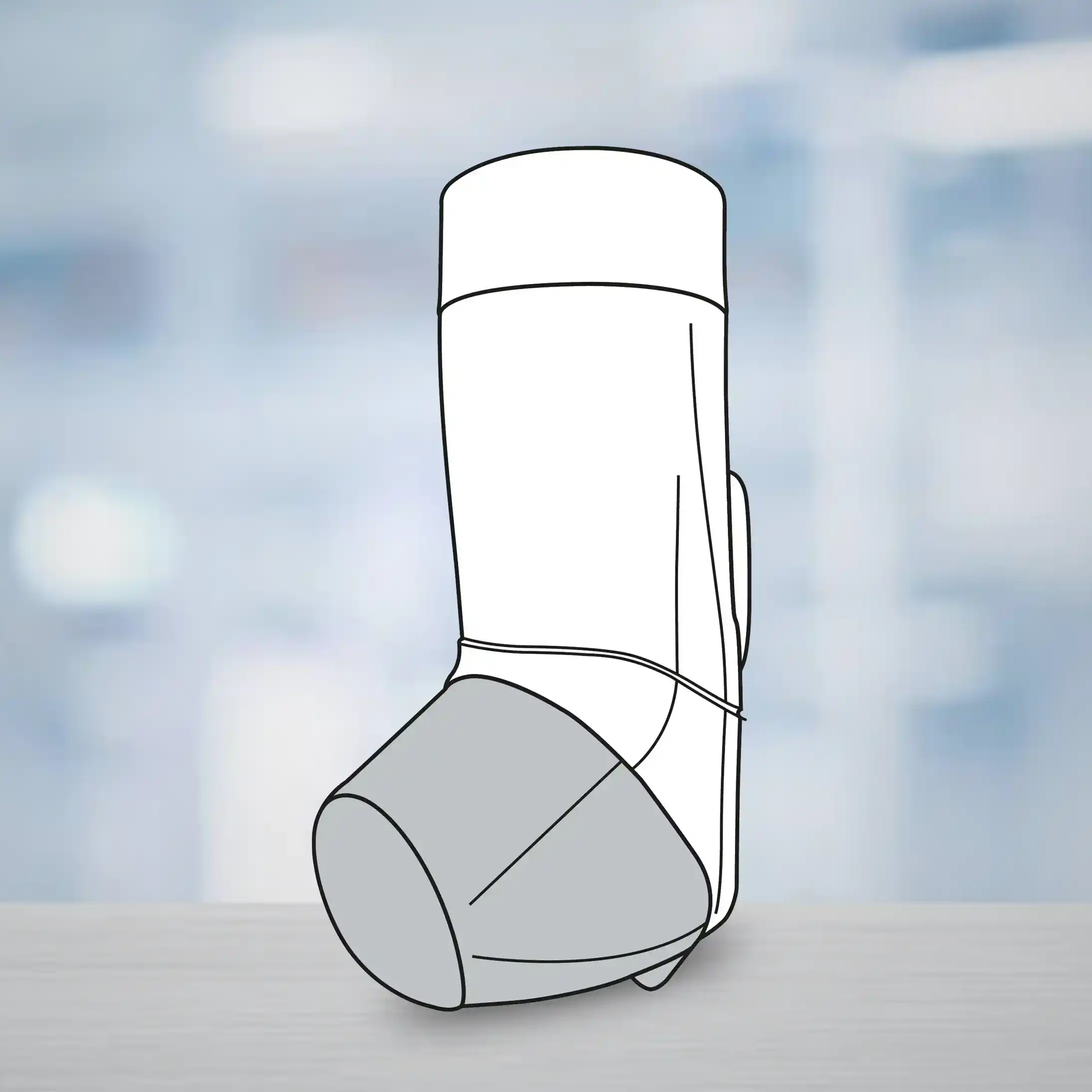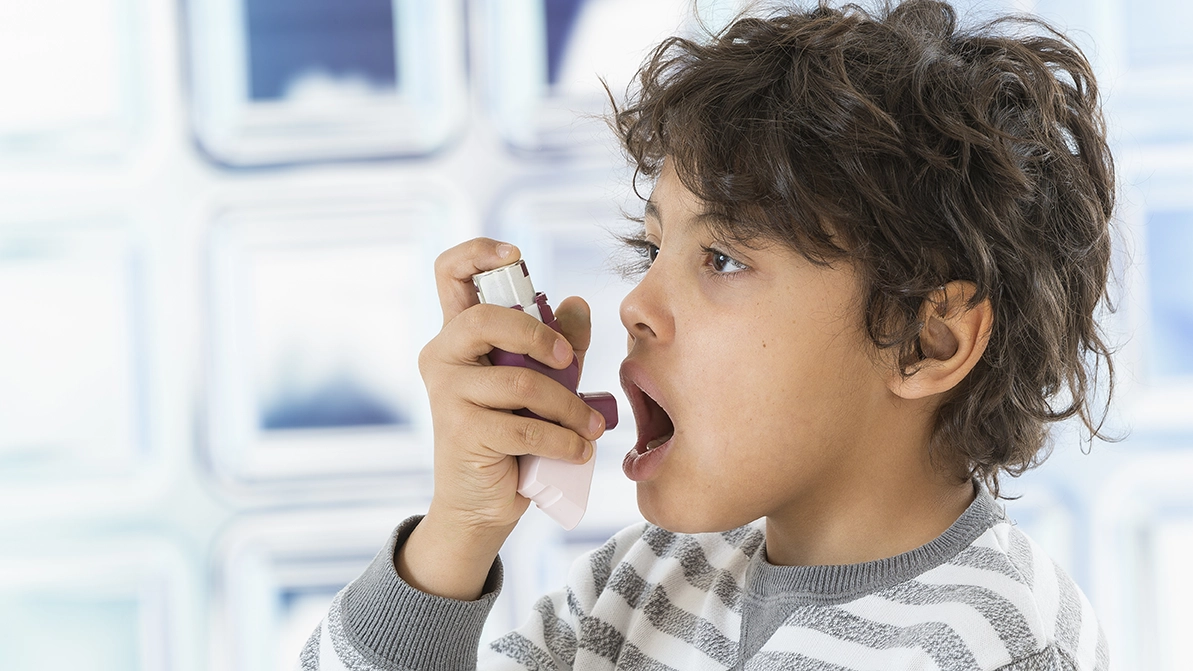Introduction
Antihistamines are currently the most effective providing symptomatic relief of pruritis, sneezing, and watery rhinorrhea of allergic rhinitis (AR). The use of 1st generation antihistamines in AR is limited due to their greater anticholinergic effect. Bilastine is a new second-generation oral H1-antihistamine, approved for the symptomatic treatment of AR and chronic urticaria in adults and children. Even though second-generation antihistamines improved sleep in patients with AR, they were ineffective in relieving nasal congestion. Montelukast is a leukotriene receptor antagonist that reversibly inhibits cysteinyl leukotriene receptors, specifically leukotriene D4. Therefore, Montelukast is used to treat AR symptoms that are not responding to antihistamines alone. Montelukast and antihistamine combination therapy has synergistic effect in reducing AR symptoms.
Aim
This study compares the efficacy and safety of Bilastine 20 mg and Montelukast 10 mg fixed-dose combination (FDC) vs Levocetirizine 5 mg and Montelukast 10 mg FDC therapy in Indian AR patients.
Method
Study Design
- Randomized, double-blind, comparative, parallel, phase III study.
Patient Profile
- Adults aged between 18-65 years with a clinical diagnosis of AR for atleast 1 year.
- Positive IgE antibody test with a nasal symptom score (NSS) >36 during the last 3 days of screening period
Treatment Strategy
- The study included 3 to 14 days of screening period, 4 week of treatment period and a 2 week of post treatment safety follow-up
- The recruited patients were randomized to receive either Bilastine 20 mg and Montelukast 10 mg or Montelukast 10 mg & Levocetirizine 5 mg tablets once daily for 4 weeks.
- Patients recorded the severity of nasal and non-nasal symptoms twice daily in diary cards
Endpoints
Primary Endpoints
- Change in mean total symptom score (NSS & non-nasal symptom scores (NNSS)) from baseline to week 4.
Secondary Endpoints
- Change in mean NSS, NNSS, individual symptom scores (ISS), Rhinoconjunctivitis Quality of Life (RQLQ), discomfort due to rhinitis (VAS), and clinical global impression (CGI) scores.
Results
- The intention-to-treat (ITT) population comprised 202 patients; 101 in each arm.
- Per protocol population (PP) included 99 patients in Bilastine + Montelukast arm and 98 in Levocetirizine + Montelukast arm
- There were significant reductions in mean TSS from baseline to week 4 in Test group (16.6 units) was comparable to reference group (17 units) (p= 0.8876) as seen in Table 1.
Table 1. Change in mean TSS
Bilastine + Montelukast
Levocetirizine + Montelukast
TSS at baseline
TSS at 4 weeks
TSS at baseline
TSS at 4 weeks
ITT
28.1+8.9
11.5+8.48
28.4+8.05
11.4+9.41
PP
28+8.65
11.3+8.08
28.7+7.97
11.3+9.52
- The difference in change in mean NSS, NNSS and ISS from baseline to day 7, 14, 28 were comparable between the groups
- Remarkable improvement was demonstrated in RQLQ from baseline to Day 14 and 28 in both groups
- Significant improvements were observed in discomfort due to AR measured by VAS and CGI scores from baseline to day 14 and 28
- All the patients tolerated both the FDC well
- 3% reported 4 AEs from Bilastine + Montelukast group whereas 13% reported 14 AEs from Levocetirizine + Montelukast group
- The safety and tolerability of patients were comparable between the groups. All AEs were mild to moderate in severity, with pyrexia and headache being the most common
- No patient discontinued treatment due to AEs
Conclusion
- The fixed-dose combination of Bilastine 20 mg and Montelukast 10 mg was safe, effective, and well tolerated in Indian patients with allergic rhinitis.
J Asthma. 2023 May 31;1-7. Doi: 10.1080/02770903.2023.2209175.

.svg?iar=0&updated=20230109065058&hash=B8F025B8AA9A24E727DBB30EAED272C8)








